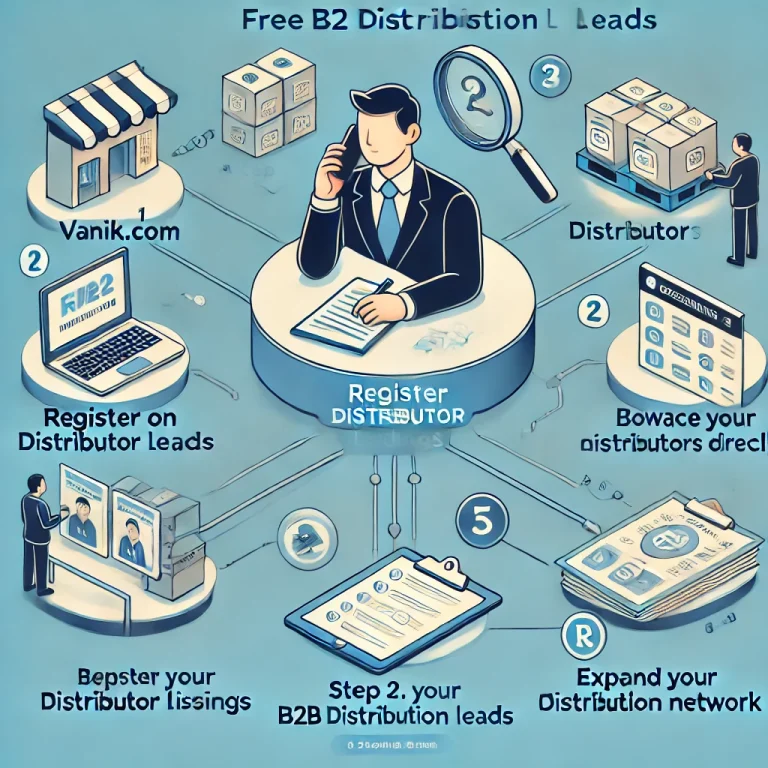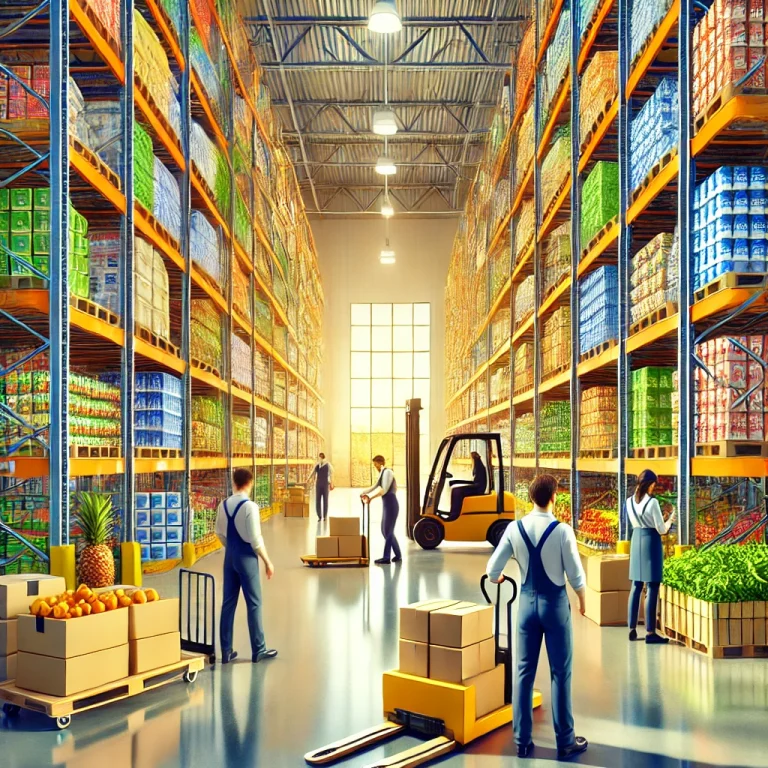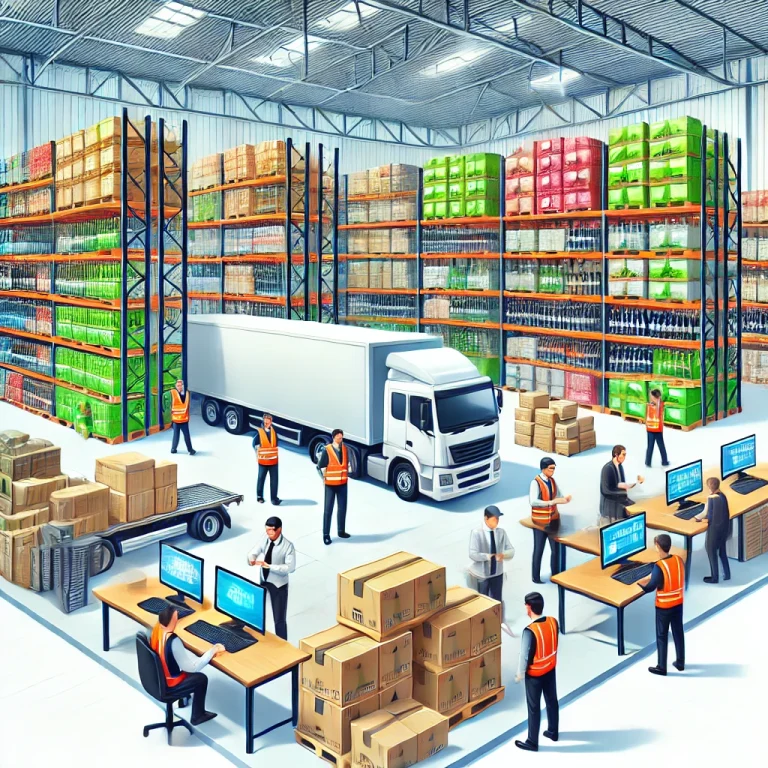Selling, arguably, is the most important function in any business. However good its product – survival and growth of business depends greatly on sales performance. Distribution channel plays a critical function in success of sales strategy. Its extremely important for any entrepreneur to understand how distribution channels work in India and more importantly, how to build distribution channel at low cost and within short time frame.
First the Good News – with introduction of GST from July 2017 India has become truly a single market and consequently building distribution channel has become easier, far less expensive and within reach of even small-scale manufacturers. Prior to GST India was, in effect, a collection of local, state-wise markets each having its own VAT rates, entry tax, octroi and sundry other taxation and compliance barriers. Selling across India was tedious, cumbersome and expensive because complying with CST, VAT, warehousing requirements and maze of state-specific taxes and regulations demanded considerable skill, resources and financial muscle – much beyond capacity of most SMEs. As a result, only big companies could build Pan-India distribution channels.
Now comes the bad news. Though regulatory barriers are mostly gone, the challenge of locating distribution partners has remained as difficult and expensive as ever. There’s no central database or even a decent directory of distribution partners. Companies employ various processes for locating distribution partners such as newspaper advertisement, appointing ASMs, engaging consultants etc. By its very nature, such offline bottom-up approaches are extremely time consuming, laborious and expensive.
So, what’s the way out ? This article describes a top-down, online approach where manufacturers select target markets, find all distribution partners available there, select those who match their requirements and start negotiation – sitting at their desks all along instead of weeks and months working on field. This saves tremendous amount of time and money.
What Distribution Strategy For My Business ?
Put simply, distribution channel is the path that a product or service traverses to reach its consumer – starting from its inception (i.e. manufacturer’s plant or service provider’s doorstep). It could be ‘direct channel’ where consumers buy directly from producer or ‘indirect channel’ where ‘middlemen’ such as wholesaler, distributor, retailer etc. act between producer and consumer. Both models have its advantages and disadvantages. Direct channel is more profitable for manufacturers as there is no ‘middlemen’ to share profit with. However direct channels have limited reach.
If you can sell directly to consumers then direct channel works best for you. New businesses usually start with direct channel. It could be selling offline to consumers or through an online medium like e-commerce marketplaces. However, with time, scaling-up becomes necessary and entrepreneurs start looking for more avenues to sell, specially bulk sales.
Indirect distribution channels involving wholesalers, distributors, retailers can quickly grow sales at very little investment. However, your product/service should reach a ‘maturity’ level before engaging ‘middlemen’.
A word of caution here for entrepreneurs – specially those starting new. ‘Middleman’ is a much-maligned word in Indian context. Its true middlemen add costs leading to lesser margin for producers. However, so called middlemen also add considerable value and play extremely crucial role in developing larger customer base. Ignore them at your own peril!
Wholesaler or Distributor ?
There are roughly two approaches in large scale distribution – wholesaler or distributor. A wholesaler buys products in bulk at ‘wholesale’ price (i.e. much lower than the price consumer pays) and sells through his/her own retail network. Wholesaler is an independent entity, producer loses track of products once sold to wholesaler (i.e. no access to consumers who buy the product).
A distributor who also work much the same way, in contrast, acts like producer’s own person. Selling downstream is in consonance with producer’s sales plan. Producer has complete access to all those buying his/her product and undertakes various sales promotion drives to help distributor achieve its sales targets. In summary, both work in unison to achieve producer’s sales goals.
Building Distribution Channel – Step by Step
Based on our experience of helping scores of manufacturers and importers over the years, here’s a 7-step process to build and maintain distribution channels – starting from scratch. Distributors, dealers, super stockists, PCD, C&F Agent etc. are the constituents of the channel – who we collectively call distribution partners.
Step 1 : Define your Requirements and Target Markets
Decide what kind of distributors suits your sales strategy – relevant experience, investment capacity, infrastructure, sales force etc. are some of the criteria you may consider. To help you draw your own selection criteria – please look at distributor profiles.
Next task is to select your target markets. Though Pan India is ultimate goal – starting with your immediate geographic region is a more pragmatic approach. Remember, you will have to develop a supply chain for distributors eventually. Having less distance to traverse for supply is less taxing for logistics.
Step 2 : Locate Potential Distributors in Target Markets
Traditionally, it has been done through newspaper advertisements, field sales staff, consultants etc. – all of which are time consuming and expensive. Instead, use Vanik.com to search online for distributors in target markets. Vanik.com allows search by state or even district by district. So, if you are looking for distributors in Mumbai, Bangalore, Ranchi or even Nagaland – use Vanik. Within minutes, you will be able to zero-in on potential distributors.
Additionally, you may use Vanik’s promotion service to reach out to distributors and receive inquiries.
A word of caution, do not place too much emphasis on products the distributor has handled so far. A typical distributor manages few hundred retail counters – his appetite for new product is based on requirement of downstream retailers. If distributor feels a product/ service could be attractive for downstream retailers – he/she may readily agree for distribution rights. Distributor’s choice is mainly guided by two factors – salability and distribution margins apart from promise of exclusive selling rights.
Step 3 : Start Negotiation
Start calling potential distributors – engaging them in negotiation. Distributors likely to have many queries regarding your product’s attractiveness, pricing, distributor margin, retailer commission, promotional schemes etc. You should have most probable answers ready before negotiation starts. Vanik offers a distribution catalog service where you may create a catalog specially meant for distributors that answers most such questions. This is a very effective tool in conveying your requirements – saving time and effort.
Step 4 : Select Distributors Matching Your Requirements
Select distributors who match your requirements (see Step 1). Your negotiation should not be a ‘Yes or No’ kind – but rather a ‘Give and Take’ type where each party understands other’s compulsions and limitations. This is more so for new entrepreneurs and products which are not so well known. Possible deciding factors could be background and experience, investment capacity, regulatory compliance (e.g. drug license may be necessary for some healthcare products), selling reach etc.
Step 5 : Appoint Distributors
On successful negotiation – appoint distributors. Usually a legal document is signed by both parties that delineates rights and responsibilities of both parties. Logistics is an important factor as producer must develop appropriate supply chain.
Step 6 : Appoint Super Stockist / C&F Agent in Key Markets
Once distributors start operating – look for ways to create logistics backbone that ensures smooth supply of products without taxing your own resources. Super Stockists and C&F Agents are independent businesses that work between producer and distributor, taking responsibility of transporting products from manufacturer’s warehouse and supplying to distributors. This reduces logistics pressure at producer’s end and lowers transportation cost significantly. Vanik has large number of Super Stockists and C&F Agents listed
Step 7 : Appoint Sales Agents in Key Markets
Distributors need marketing support to sell more. As most producers can not afford expensive marketing campaigns, engaging sales agents in key markets is an inexpensive but effective strategy. There are freelance sales professionals who have excellent knowledge of specific markets. Vanik can help you identify potential sales agents in target markets.
Conclusion
Setting up distribution channels is extremely important for overall health of any business. A growing business needs more customers – hence larger market. Building and expanding distribution channel ensures growing customer base and higher sales growth. With GST in place, building distribution channel across India is within reach of any SMEs. If a product is selling good in local market there’s no reason why it shouldn’t sell elsewhere. All it needs is courage and vision for entrepreneurs to look forward and aspire for Pan India presence.


